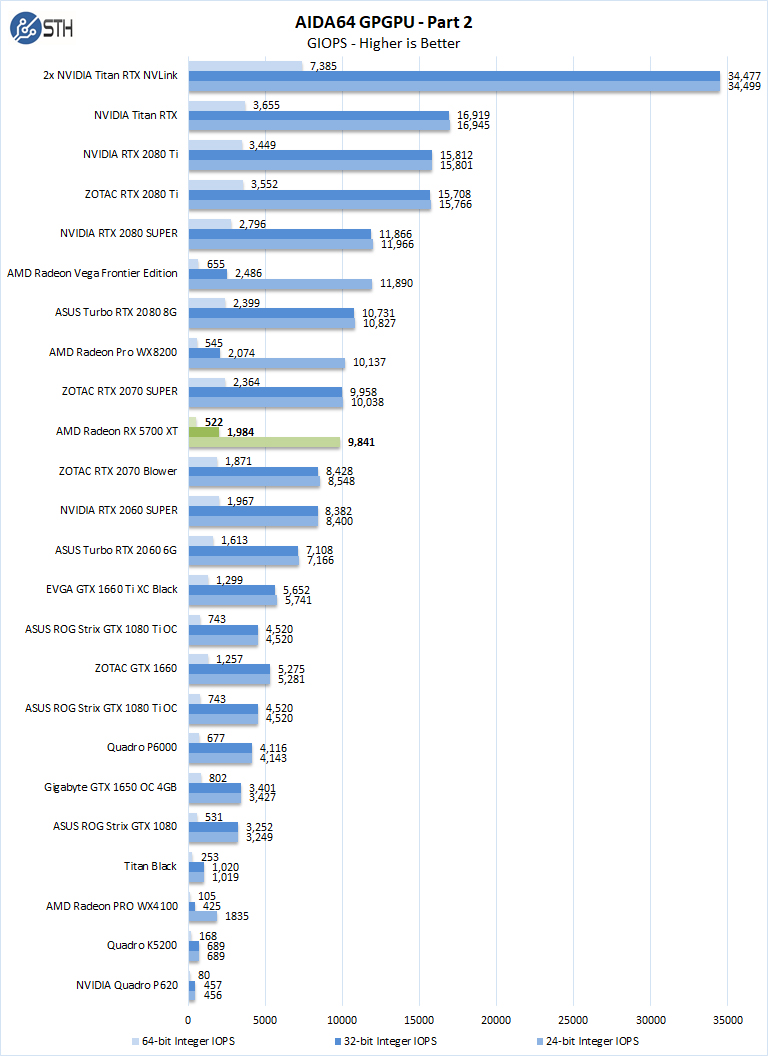The demo is a nice showcase of why we need hardware based RT rendering for now. Hence why even consoles are going to get it.
Sigh, even you actually proof RT would have been approached without a helping hand from hardware vendors, many people just ignore this.
So what exactly brings you to this conclusion, even with BFV, the first RTX game showing so similar results?
It is a minor difference in performance, right? I say this difference is minor, because both approaches use the same algorithms with the same time complexity.
If we take this list of 'disadvantages':
-No reflections of reflections
-Low-poly versions of models are used in reflections
-Only mirror-like reflections are ray traced, no rough surfaces
-Reflections are rendered at quarter of screen resolution on ultra, and 1/7 or 1/8 on other settings
-LOD for triangle ray traced reflections is fairly noticable
Let us adapt it to BFV:
-Some objects missing completely from reflections
-Only materials with roughness under a certain threshold are traced, the rest is cube mapped
-Reflections are only raytraced for 1/3 of pixels (don't remember exact numbers)
-NO LOD AT ALL!!! Because the hardware can't do it, is impossible. to deal with it, they just clip objects at a distance without any smooth transition.
Of course we can discuss this comparision of features now, but that's not the point, and we did enough of that already.
The point is: Using RTX, we get RT faster, a few years earlier than without it, but the downside is: Restrictions.
Take the last point LOD as an example. LOD is the only option to have independent scene complexity and performance. If we lack it, scene complexity is bounded by hardware and ther is no way to adapt dynamically. That's the main limitation of current RTX, IMO.
To solve this, a traversal shader hs been proposed by Intel. So while traversing the scene, one can decide to jump to a lower LOD presentation. The trasition can be hidden stochastically by switching LOD at random per pixel and let TAA sort it out. (Notice this is not possible with rasterization, and this may be the first time we see continuous LOD in games, so a very big thing.)
The problem: First RTX GPUs have no support for traversal shader because traversal is fixed function. How to deal with it? Leave first gen GPUs behind? Develop multiple codepaths? (The latter won't work. If we do this, we can not have a game that fully utilizes the new GPUs! The compromise has to be towards the old gen. Period.)
Would we have this problem, if there would be no RTX but just compute RT? Seriously not and never.
So what's the win? A hand full of games with their own performance problems, adding not so much to image quality than we might hoped, expensive GPUs for a niche, and a huge marketing machinery just to form your quoted opinion? Maybe it's more than that, but maybe not so much.
What we have for sure is: Now we have to wait, hope and beg on the GPU vendors to extend possibilities and to lift restrictions with time und future hardware, so in five years, when all those first gen GPUs are gone we can use some of those those features.
This ranges from exposing BVH format so we could generate dynamic geometry (which would be possible right now but vendor specific), up to breaking features like traversal shaders.
We also have to hope some big guys do not try to boycott such new features because they lack support, maybe even for their upcoming generation.
Believe this is frustrating and it
is hindering progress, IMHO and experience.
Now, Cryteks work is just good for some time while people upgrade to RT GPUs. Sad but true, but don't think it would be inferior, which it is not.
It is superior, because it already has LOD build in by supporting voxel mipmaps, and it can do cone tracing as well, which hardware RT can't and never will.
But it is a proof hardware RT would NOT have been necessary. Please think of it. And be sure Cryteks work could be improved upon, if it would make any sense.

